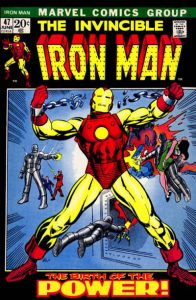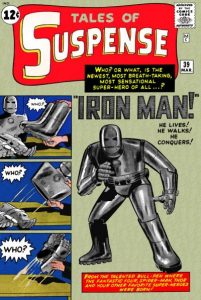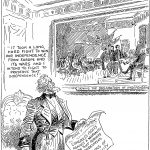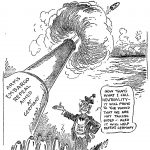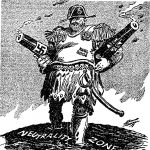A Start on Essay One
The prompt for Interdisciplinary Assignment 1 asks you to use a secondary source on McQueen’s film as a jumping-off point. That means presenting your thesis claim as a response to someone else’s opinion. This is a move that writers make all the time. If you state your thesis in a vacuum, your reader may well wonder why you’re bothering to argue it. But if you state it as building on or complicating or even refuting a prior writer, suddenly the significance of your thesis becomes crystal clear.
Your intro ¶s in high school likely proceeded in two stages: Topic, followed by Thesis. The first section engaged the reader’s interest in your essay’s broad topic, while the last voiced your thesis about that topic.
You can build on this familiar structure by adding a middle step to your intro: after introducing the topic, give a brief summary of your prior writer. Then present your thesis claim as response to that writer’s account.
Alternatively, you can use your secondary source right at the start, leveraging his or her article to do the work of engaging our interest in the essay’s topic. This works especially well if your source stakes out a controversial position.
For HW, write a draft of your essay intro that references a secondary source (academic or journalistic) on McQueen’s film as a lead-in to your thesis claim. Post in the comments below.
The Silent Movie Era
We will be watching Metropolis together at the watch party on Thursday evening—and we’ll be discussing that movie in our second Interdisciplinary Forum on Friday.
To give you a broader sense of early cinema, we will spend time in class discussing the development of cinematic techniques over the industry’s first three decades. If you have time, check out a short passage from Benjamin’s essay and a few of the following clips (I especially recommend Harold Lloyd).
To fuel discussion, I’ll screen short bits from each of these clips during class.

